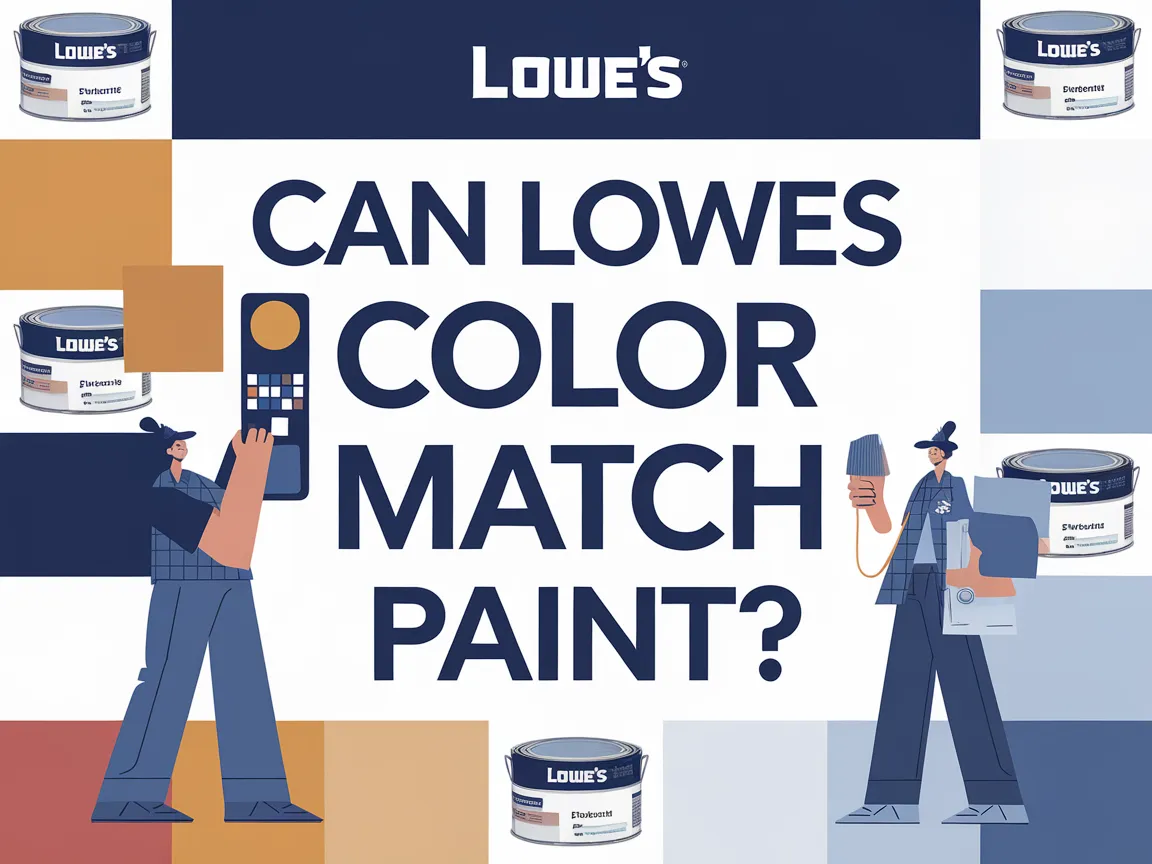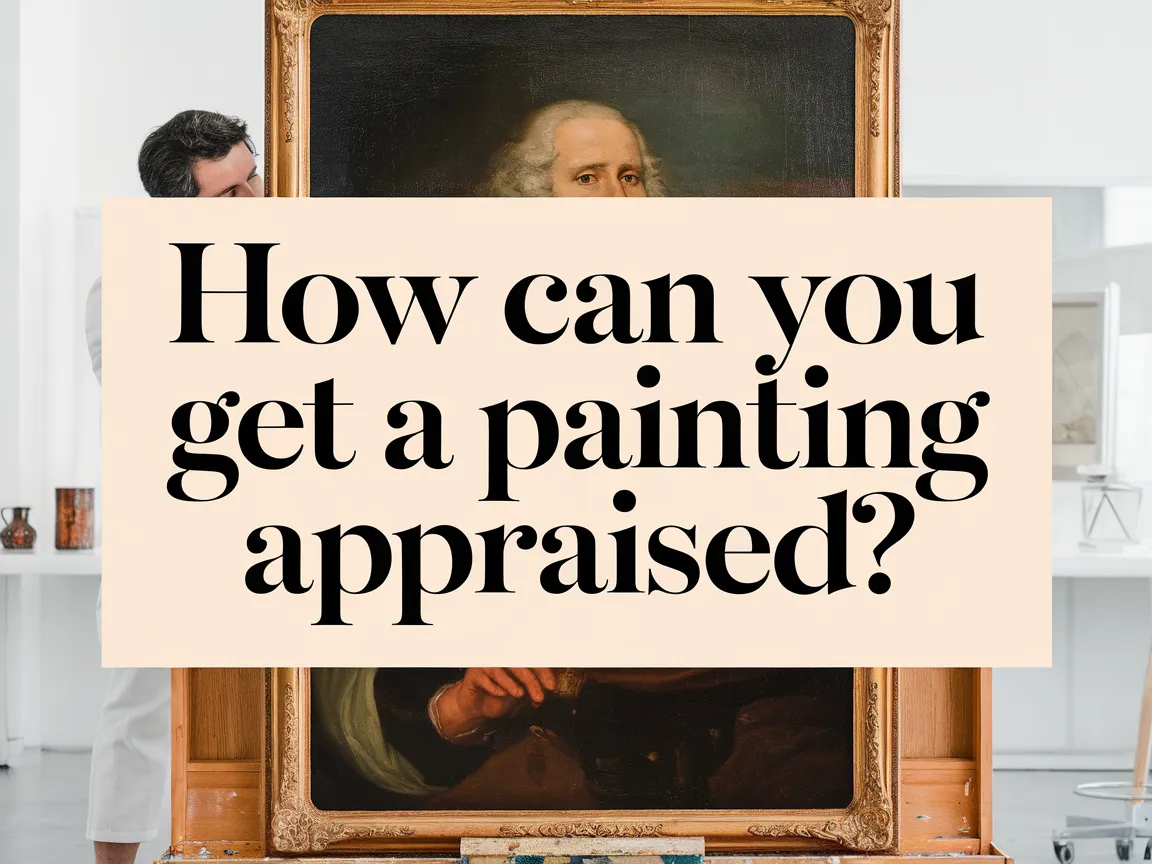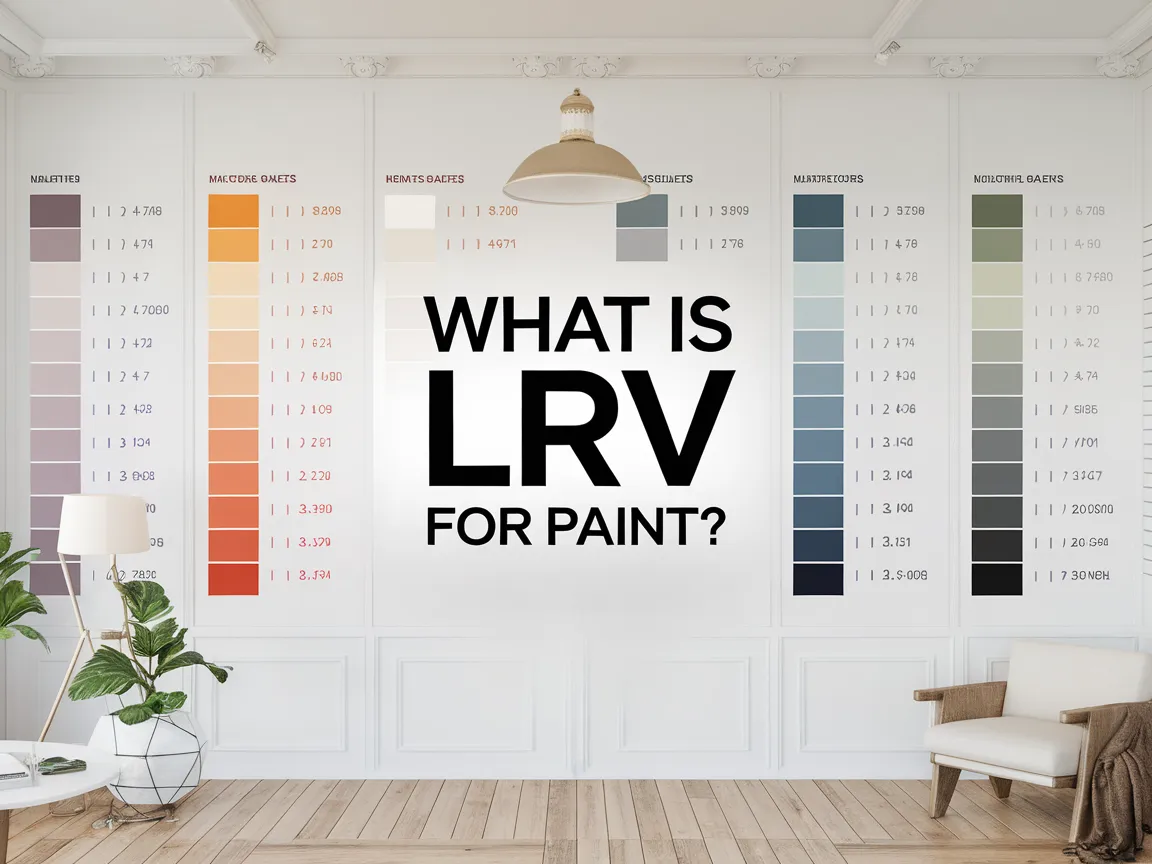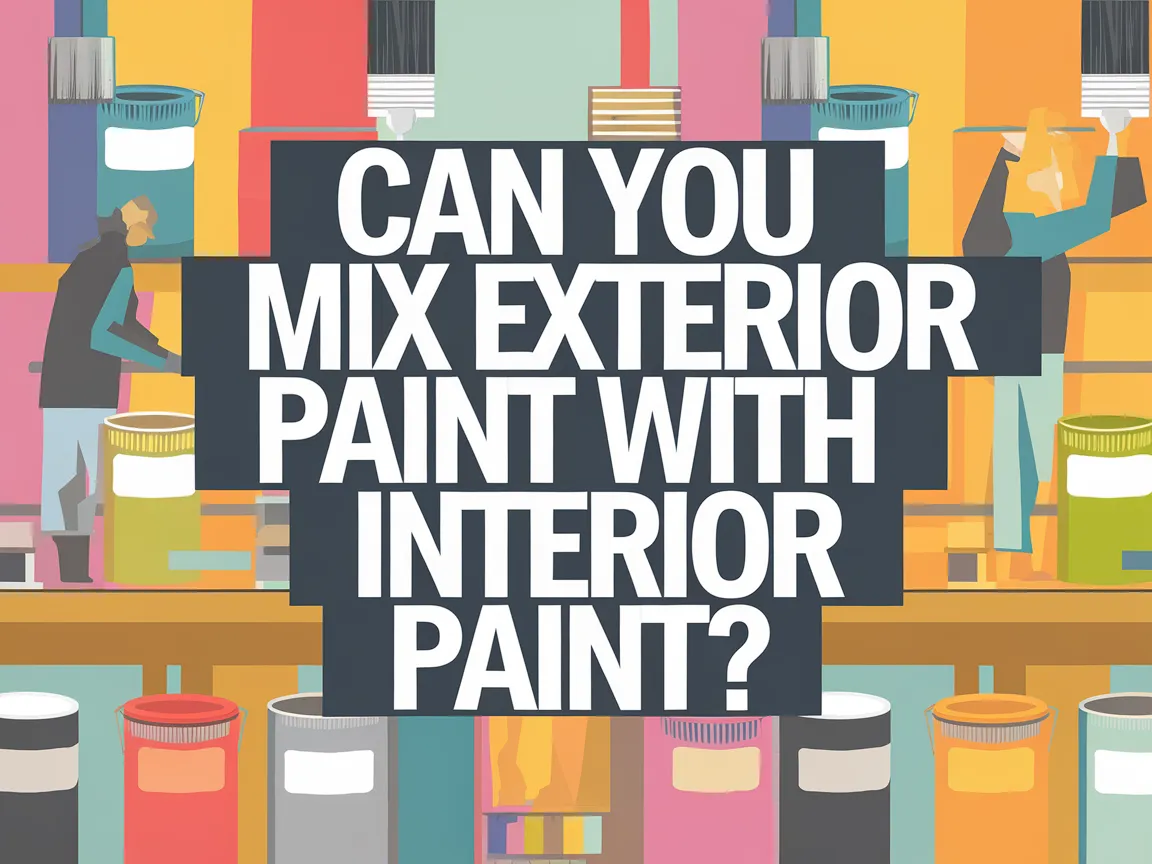Can You Use Regular Paint Underneath Chalk Paint?
Published on: June 7, 2025 | Last Updated: January 7, 2025
Written By: Sarah McClintock
Chalk paint is a special kind of paint that feels like chalk when it’s dry. It can make furniture look old and pretty, just like magic!
You might wonder, can you use regular paint underneath chalk paint techniques? It’s important to know this because it can affect how your project turns out. I’ve learned the hard way that using the wrong paint can lead to peeling or bubbling, and nobody wants that!
In this article, we’ll explore what chalk paint is, preparations needed before you start painting, step-by-step usage over regular paint, recommended colors, paint compatibility, factors that affect your project, common issues, finishing touches for a polished look, inspection tips, expert advice, and creative DIY ideas using chalk paint. Plus, we’ll tackle frequently asked questions, like can you add pouring medium to chalk paint?
Contents
- 1 Can You Use Regular Paint Underneath Chalk Paint?
- 2 What is Chalk Paint?
- 3 Preparations Before You Start Painting
- 4 Step-by-step Guide to Using Chalk Paint Over Regular Paint
- 5 Types Of Paints and Their Compatibility With Chalk Paint
- 6 Chalk Paint vs. Regular Paint: A Compatibility Breakdown
- 7 Best Practices for Using Regular Paint Under Chalk Paint
- 8 The Importance of Primer
- 9 Factors Affecting the Use Of Paint Beneath Chalk Paint
- 10 Benefits of Using Regular Paint Under Chalk Paint
- 11 Alternative Base Coatings for Chalk Paint
- 12 Challenges When Using Regular Paint Under Chalk Paint
- 13 Common Issues When Using Regular Paint Under Chalk Paint
- 14 Finishing Touches for a Professional Look
- 15 Inspection Tips for Chalk Paint
- 16 Expert Tips for Advanced Application
- 17 Frequently Asked Questions About Using Regular Paint Under Chalk Paint
- 18 Conclusion
- 19 Additional Resources
Can You Use Regular Paint Underneath Chalk Paint?
Yes, you can use regular paint underneath chalk paint. It’s best if the base coat is flat or eggshell for better adhesion. Remember, strong colors might show through, so consider a primer. This will help achieve the look you want. If you’re looking to add some extra flair, you can enhance your paint with glitter.
What is Chalk Paint?
Chalk paint is a special type of paint known for its flat, matte finish. It’s made with chalk or calcium carbonate, making it thicker than regular paint, usually around 2 to 5 µm (Micrometers) in particle size.
Using regular paint underneath chalk paint can vary. I’ve experimented with this, and it can alter the texture and final appearance depending on the base layer you choose.
One way I’ve used it is for upcycling old furniture. Adding chalk paint transformed an old table, but I wondered about layering. It’s important to consider whether you want that distinct chalky feel or a glossy texture, like from standard paint underneath. That choice can affect both adherence and aesthetics!
Preparations Before You Start Painting
What do you need to begin?
- Chalk Paint: You’ll need a quality chalk paint brand like Rust-Oleum or Tim Holtz for a matte finish.
- Regular Paint: Choose flat latex paint, such as Behr Premium. It’s essential if you’re asking, “Can you use regular paint under chalk paint?”
- Primer: Get a primer like Zinsser BIN to help the chalk paint adhere better to surfaces coated in regular paint.
- Brushes: Use synthetic brushes, such as Wooster’s advanced series, for even application and to prevent streaks.
- Drop Cloth/Napkins: Obtain a large drop cloth to protect surfaces and paper towels for easy cleanup.
You should now have a good understanding of getting ready to paint, choosing materials, and setting up your workspace. In the next part, we’ll discuss a detailed method for applying chalk paint over regular paint.
Also See: Can You Paint in the Cold Weather? Tips for Success!
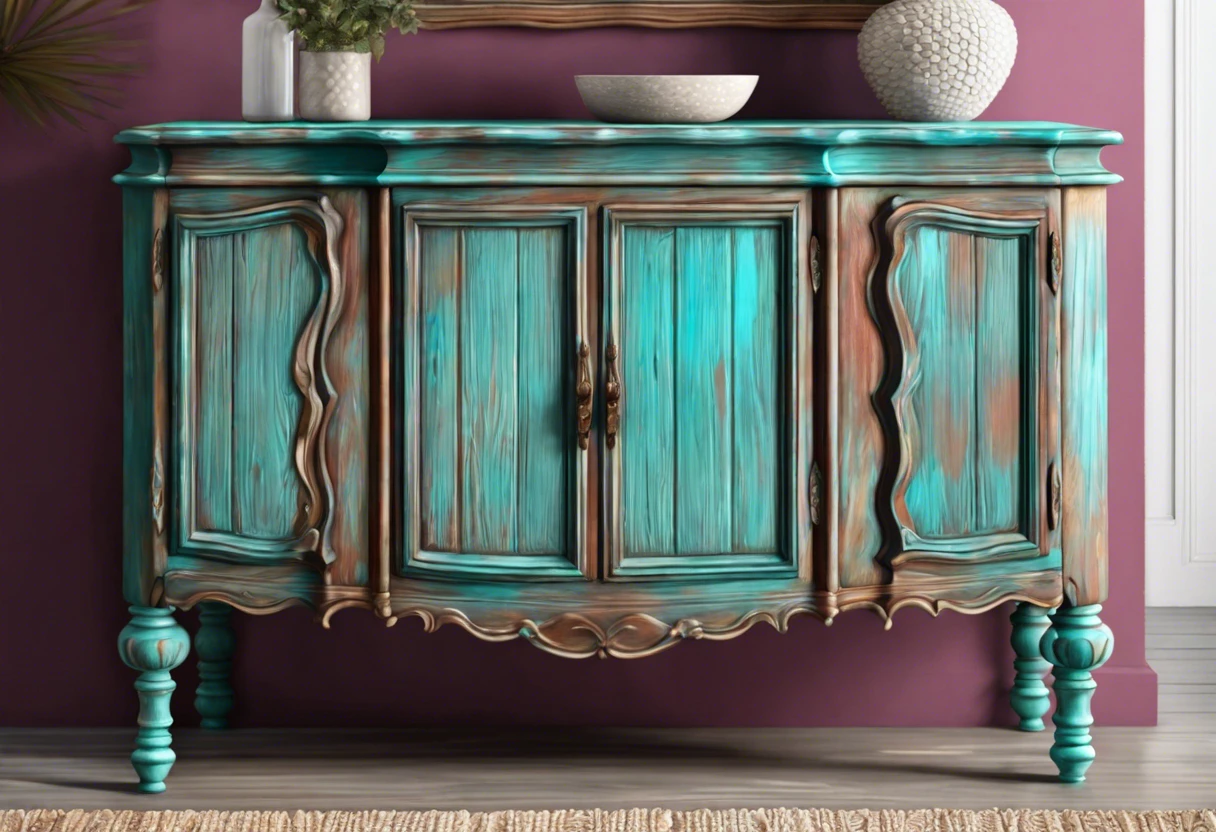
Step-by-step Guide to Using Chalk Paint Over Regular Paint
Here are the steps to apply chalk paint over regular paint effectively.
-
Assessing the Condition Of Your Base Paint
Start by examining the base paint’s surface. A scuffed, peeling, or damaged layer means you’ll need a smoother surface for chalk paint to adhere well.
Test a small area by applying chalk paint directly. If it adheres properly, you’re good to go; if not, follow the next steps.
-
Choosing the Right Chalk Paint
Select a reputable chalk paint brand for better coverage and durability. Well-known brands often yield the best results, offering textures from ultra-matte to satin finishes.
Ensure the color you choose suits your project. Tinted or pastel chalk paints can transform old furniture but make sure they cover the base color effectively; light colors might require two coats!
-
Applying a Primer for Better Adhesion
Apply a primer suitable for chalk paint. This step enhances adhesion, especially with glossy or dark paints underneath.
Choose a water-based primer that’s easy to use and dries quickly, ideally within two hours, to speed up your project.
-
Painting Techniques for Best Results
Use a synthetic bristle brush to apply the chalk paint for better control. Apply it in long, even strokes, and let it dry for at least one to two hours before the second coat.
Use a small, detailed brush for corners and edges to avoid mistakes and ensure every spot is covered. If desired, sand lightly between layers for an ultra-smooth finish!
So far we covered a step-by-step guide for using chalk paint over regular paint. Let’s look at the types of paints compatible with chalk paint next.
Types Of Paints and Their Compatibility With Chalk Paint
Let’s discuss the types of paint: Latex, Oil-Based, Acrylic, and Milk Paint.
-
Latex Paint
Latex paint is water-based. It dries quickly—usually within 1-2 hours—making it easy to apply under chalk paint.
-
Oil-based Paint
Oil-based paint provides a strong finish but can take up to 24 hours to dry. Avoid using it directly under chalk paint due to adhesion issues.
-
Acrylic Paint
Acrylic paint is versatile and dries faster than oil paints, taking 30 minutes to an hour. It adheres well under chalk paint, but ensure it’s completely dry first.
-
Milk Paint
Milk paint is eco-friendly but can be tricky to use. It’s compatible with chalk paint, but adding a bonding agent can improve adhesion on smooth surfaces.
I’ve found that acrylic paint works best underneath chalk paint. Its fast drying time and easy application make it my top choice for projects.
So far we covered the various types of paints and how they work with chalk paint. Let’s look at the differences between chalk paint and regular paint next.
Chalk Paint vs. Regular Paint: A Compatibility Breakdown
Understanding how different paints work together is crucial. Let’s break it down.
| Paint Type | Texture | Adhesion Level with Chalk Paint | Recommended Use |
|---|---|---|---|
| Latex Paint | Flat or Eggshell | High | Best choice for base when using chalk paint |
| Oil-Based Paint | Glossy | Low | Avoid; may cause peeling issues |
| Acrylic Paint | Varies | Medium | Good option if properly cured |
| Milk Paint | Matte | Medium to High | Great for eco-friendly projects |
We have now covered the differences between chalk paint and regular paint. Next, we’ll explore best practices for applying regular paint under chalk paint.
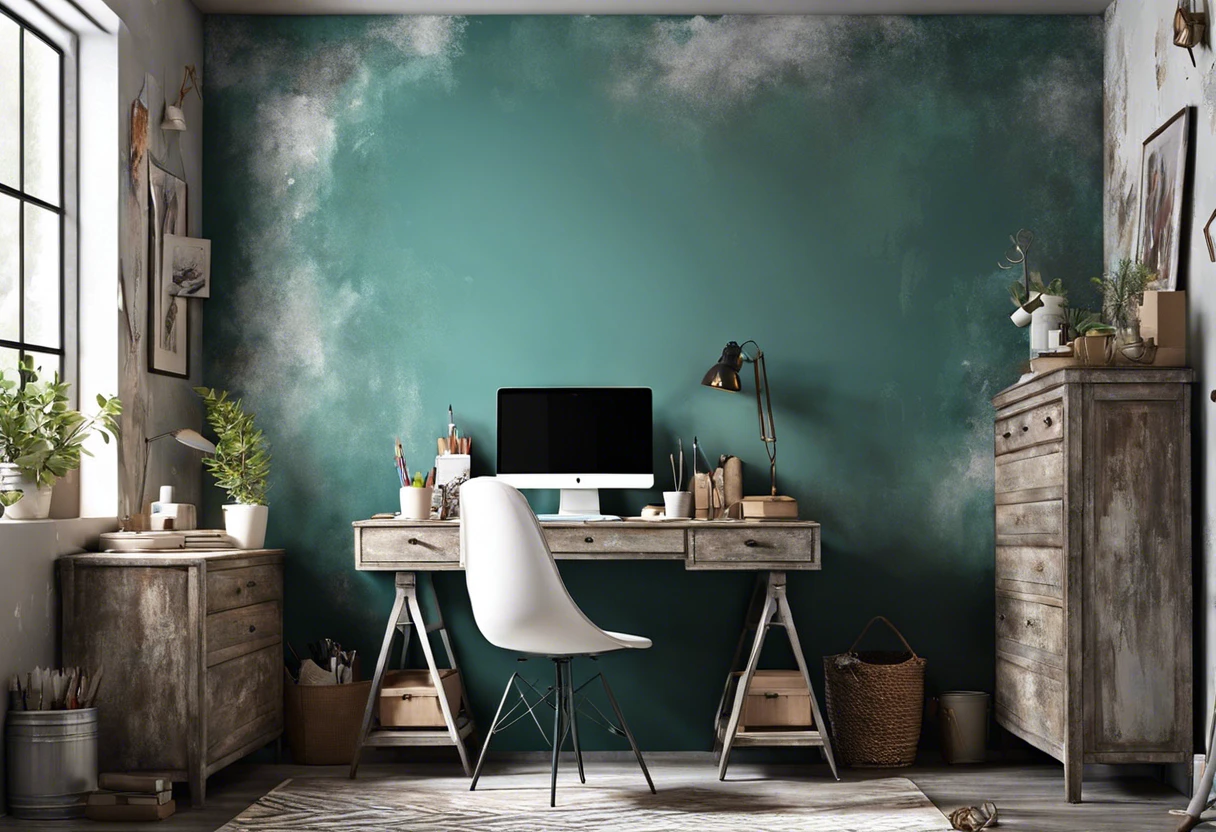
Best Practices for Using Regular Paint Under Chalk Paint
Here are some key tips to ensure success when layering paints.
- Sand Surfaces: Always sand down glossy surfaces. This helps with adhesion.
- Test First: Do a small test patch before going all in. It’ll save headaches later.
- Choose Color Wisely: Be cautious with vibrant colors underneath. They might peek through.
- Patience is Key: Allow adequate drying time between coats—1-2 hours is standard.
The Importance of Primer
A primer is your best friend when using regular paint under chalk paint. Here’s why:
- Enhances adhesion, especially on slick surfaces.
- Blocks colors from seeping through, keeping the chalk paint vibrant.
- Creates a uniform texture for better final appearance.
Factors Affecting the Use Of Paint Beneath Chalk Paint
What factors influence using other paint beneath chalk paint?
-
Type of Regular Paint: Latex paints interact differently than oil-based paints under chalk.
-
Surface Preparation: Proper cleaning and priming affect adhesion and durability of chalk paint.
-
Layer Thickness: A thicker undercoat may impact the texture and finish of chalk paint.
-
Cure Time: Allowing regular paint to cure fully ensures better bonding with chalk paint.
Benefits of Using Regular Paint Under Chalk Paint
Using regular paint underneath chalk paint comes with perks. Let’s dive into why you might consider this approach.
- Cost-Effectiveness: Regular paint is often cheaper than chalk paint. Using it as a base layer can save you money on larger projects.
- Color Flexibility: If you want to change colors often, regular paint gives you the option to paint over surfaces without much hassle.
- Enhanced Durability: With a solid base coat, your chalk paint can last longer and resist wear and tear better.
Alternative Base Coatings for Chalk Paint
Besides regular paint, there are other alternatives you can use underneath chalk paint. Here are some popular options:
| Base Coating Type | Adhesion Quality | Recommended Use |
|---|---|---|
| Primer | Excellent | Use for any glossy or problematic surfaces to ensure chalk paint adheres well. |
| Milk Paint | Good | Great for vintage projects; remember to mix with a bonding agent for best adhesion. |
| PVA Glue Solution | Medium | Create a matte surface for chalk paint application; mix one part glue with one part water. |
Challenges When Using Regular Paint Under Chalk Paint
While layering paints has advantages, it also comes with potential challenges. Here are things to watch for:
- Peeling: Using a glossy regular paint can lead to peeling if not prepped correctly.
- Color Mutation: Bright colors underneath might alter the chalk paint’s appearance.
- Uneven Texture: A thick layer of regular paint may affect the smooth feel that chalk paint offers.
Common Issues When Using Regular Paint Under Chalk Paint
When my friend prepared to paint her old dresser, she wondered, “Can you use regular paint underneath chalk paint?” Applying chalk paint over glossy paint led to poor adhesion, causing chipping. If you’re facing similar challenges with paint application, you might want to explore specific paint compatibility techniques.
To fix this, she should sand the surface to a matte finish first, using 80-grit (Coarse) sandpaper for better chalk paint grip. Then, a primer will enhance adhesion further.
Finishing Touches for a Professional Look
After ensuring proper underneath layers, seal your chalk paint with a matte or satin finish. Apply at least two coats of a water-based protective topcoat for better durability.
Also See: Can You Use Mineral Spirits to Thin Paint? Learn How!
Inspection Tips for Chalk Paint
Check for uneven texture or clumps by running your hand over the surface. Use products like Minwax Polycrylic to fix any issues and ensure a smooth finish.
Expert Tips for Advanced Application
Use a paint sprayer for a flawless, even application; adjust the spray pressure to 30-40 psi (206-276 Kpa) for the best finish. Always practice on a sample surface first!
Frequently Asked Questions About Using Regular Paint Under Chalk Paint
What Types Of Regular Paint Can Be Used Under Chalk Paint?
Yes, various types of regular paint can be used under chalk paint. Use latex or acrylic-based paints for best results. They provide a solid base and improve adhesion. Oil-based paints might not be ideal since chalk paint doesn’t stick as well to them, leading to potential issues.
Do I Need to Sand the Regular Paint Before Applying Chalk Paint?
Yes, it’s essential to sand the regular paint before applying chalk paint. Sanding creates a rough surface that enhances adhesion and minimizes peeling. A grit of 120 is ideal. This small step can significantly improve long-term durability, making your project last. When working with different surfaces like metal, you might want to explore specific painting techniques for metal.
What if I Encounter Peeling After Applying Chalk Paint?
If you encounter peeling after applying chalk paint, it likely means adhesion failed between layers. Chalk paint needs a clean and well-prepped surface to stick. Scrape off the peeling sections, sand the area, and reapply without dirt or moisture contamination. When storing your paint after these repairs, you’ll want to properly seal the paint can to maintain its quality.
Can Chalk Paint Be Applied Over Glossy Paint?
No, you can’t apply chalk paint directly over glossy paint without prep. It needs a rough texture for the best bond. Lightly sanding the glossy finish gives chalk paint something to grip onto, ensuring it adheres well and prevents future peeling. If you’re wondering about painting techniques with different types of paint, paint compatibility matters significantly.
How Long Should I Wait Between Coats Of Chalk Paint?
You should wait at least 1-2 hours between coats of chalk paint. This wait time allows each layer to dry properly, preventing smudging and uneven finishes. Humidity and temperature can affect drying time, so adjust accordingly for your environment. Professional painters often recommend checking the paint’s specific color application techniques.
Can I Mix Chalk Paint With Regular Acrylic Paint?
Yes, you can mix chalk paint with regular acrylic paint. This combines finishes and colors. However, be wary! Too much acrylic paint may alter chalk paint’s texture and chalky finish, so test your mixture first to ensure you get your desired result. When working with paint in challenging temperatures, you might want to paint blending techniques.
How Do I Achieve a Distressed Look With Chalk Paint?
To achieve a distressed look with chalk paint, apply a coat, let it dry, and then sand it lightly. Focus on edges and areas that would naturally wear over time. This method gives your project an aged, vintage feel, ideal for shabby chic aesthetics. If you’re curious about professional techniques, check out the paint brands used by experts.
Is Chalk Paint Eco-friendly?
Yes, most chalk paints are eco-friendly. They often contain low or zero VOCs (Volatile Organic Compounds), making them a safer choice for indoor use. This quality not only benefits the environment but also enhances air quality in your home.
Conclusion
We covered various key aspects about using chalk paint over regular paint, including what chalk paint is, essential preparations, a step-by-step guide, recommended colors, types of paint compatibility, factors that influence use beneath chalk paint, common issues, finishing touches, inspection tips, and creative DIY project ideas.
To put it simply, yes, you can use regular paint underneath chalk paint; just ensure it’s properly prepped and in good condition, as factors like drying time and surface texture matter. Use what you learned to achieve a professional, stylish finish easily.
If you found this information helpful, explore more valuable insights at Paint Answers.
Additional Resources
- Gurney, J. (2009). Color and Light: A Guide for the Realist Painter. Kansas City, MO: Andrews McMeel Publishing.
- What Exactly Is Chalk Paint? Here’s Everything You Need to Know
- Rust-Oleum Chalky Spray Paint vs Regular Chalk Paint – Sarah Joy

